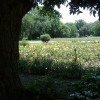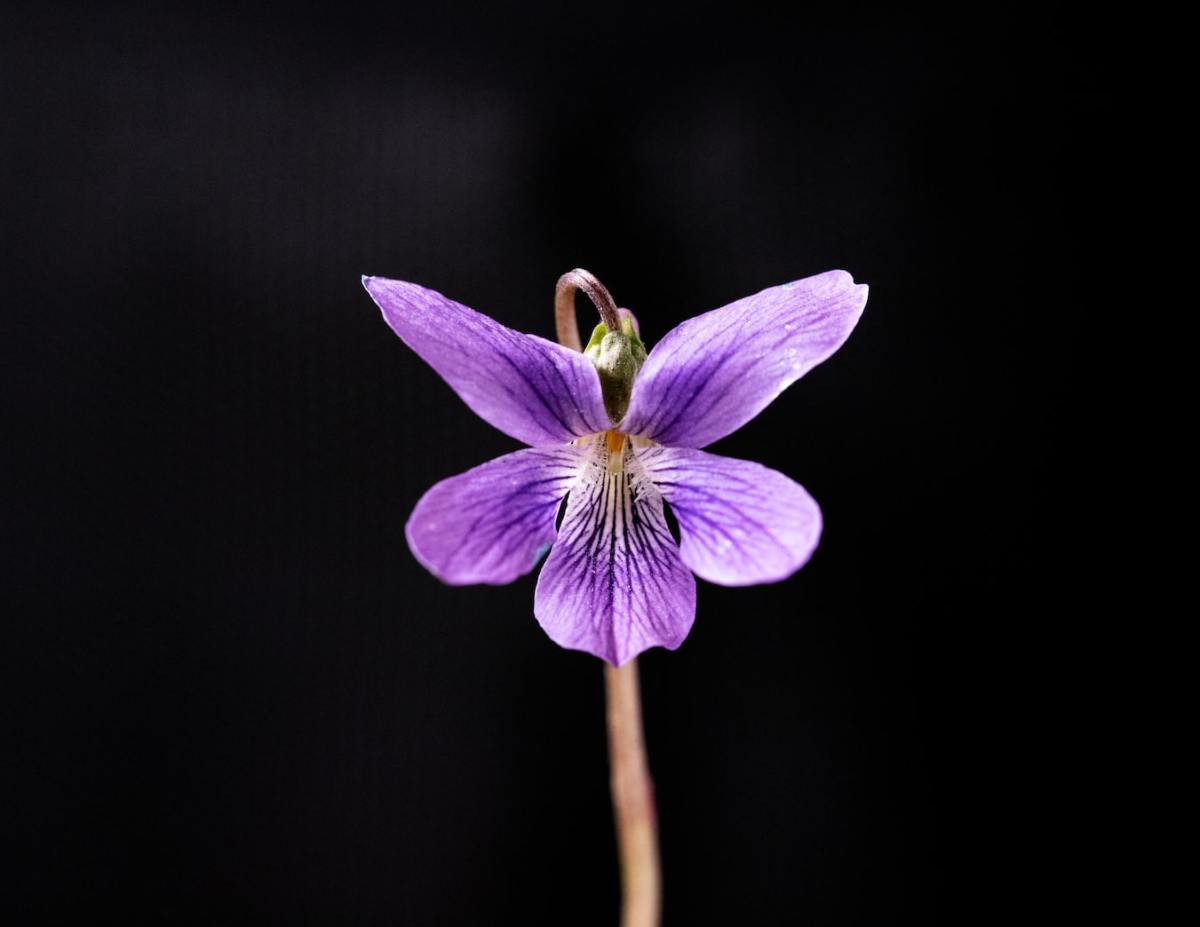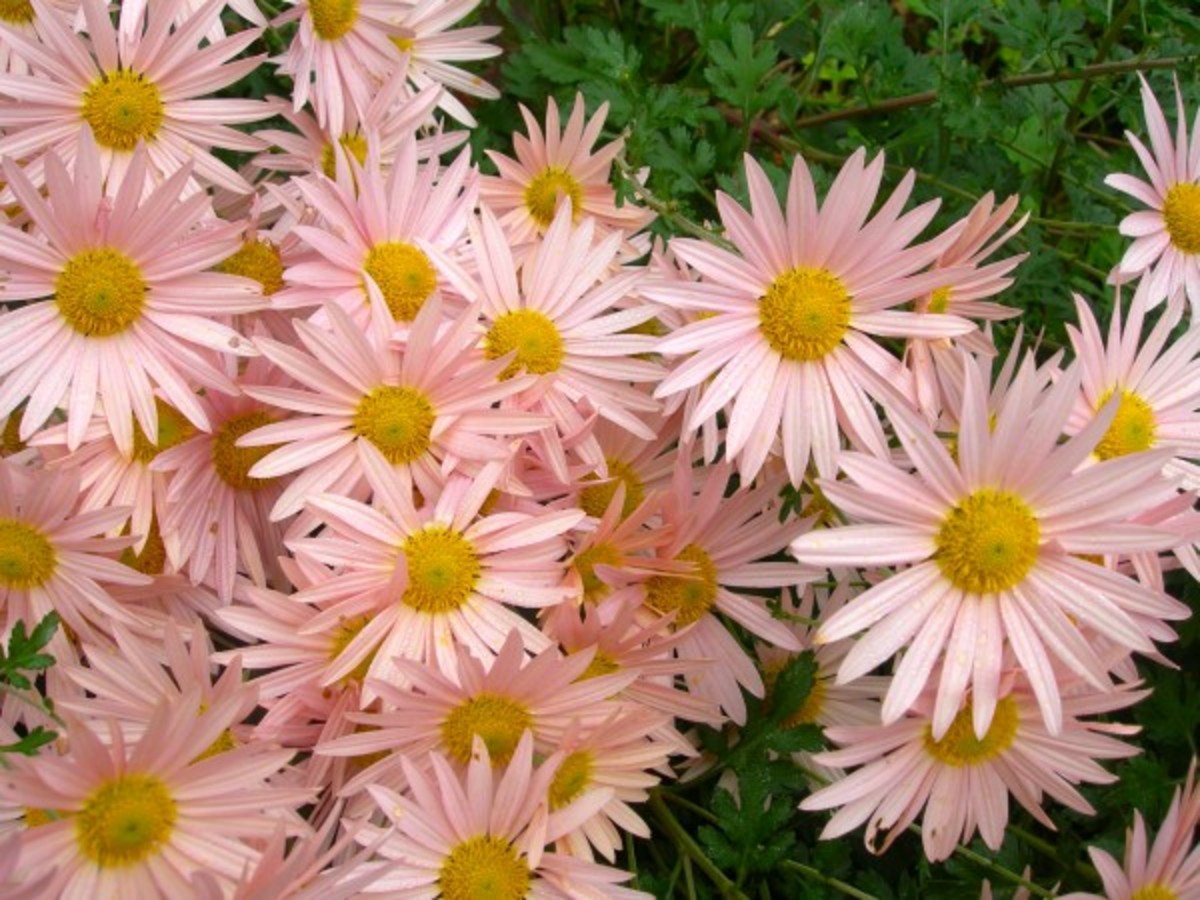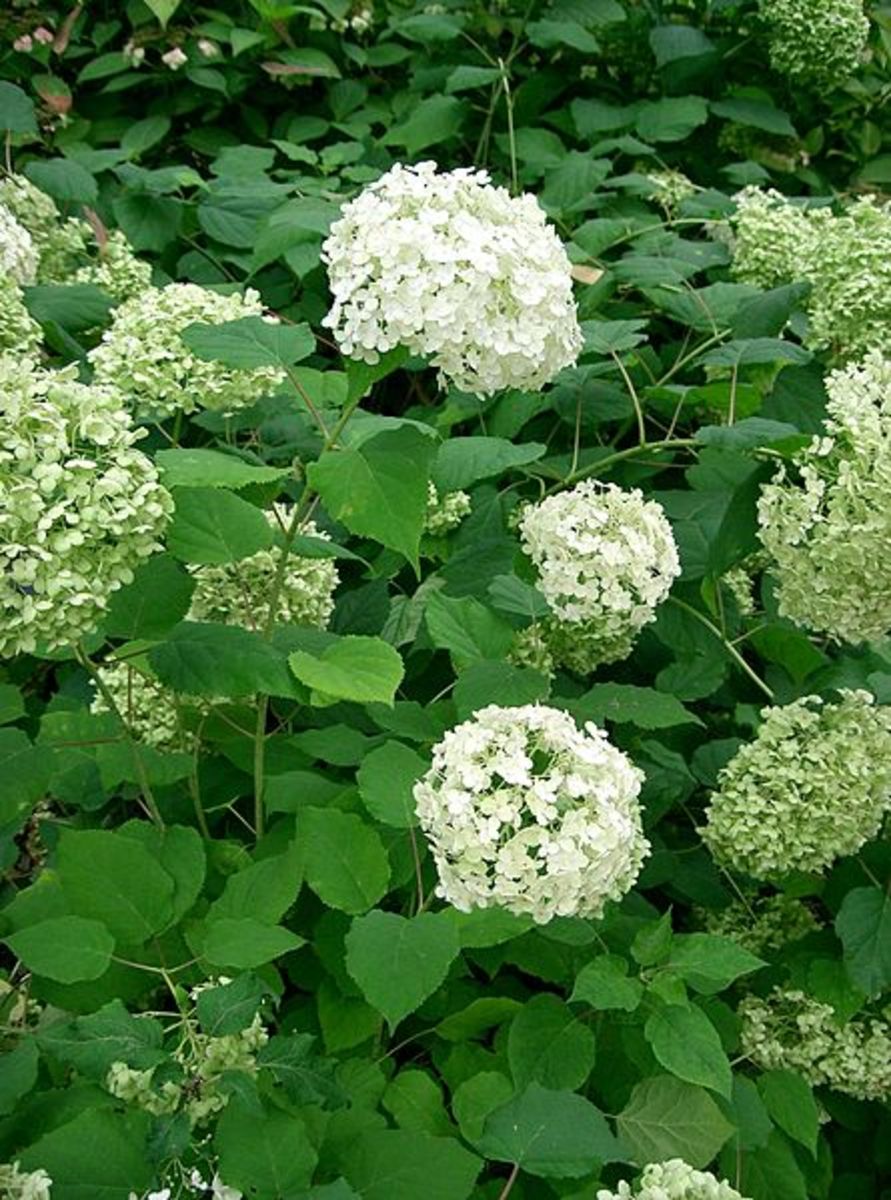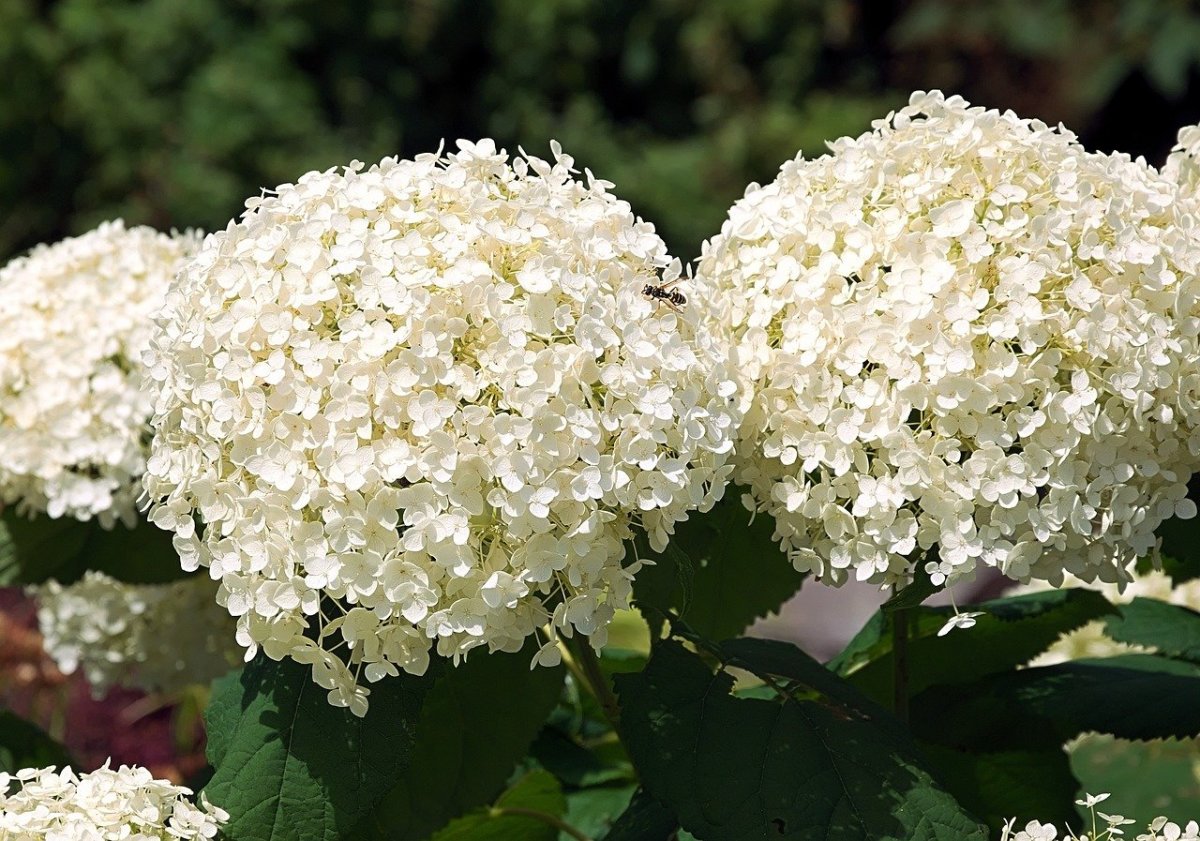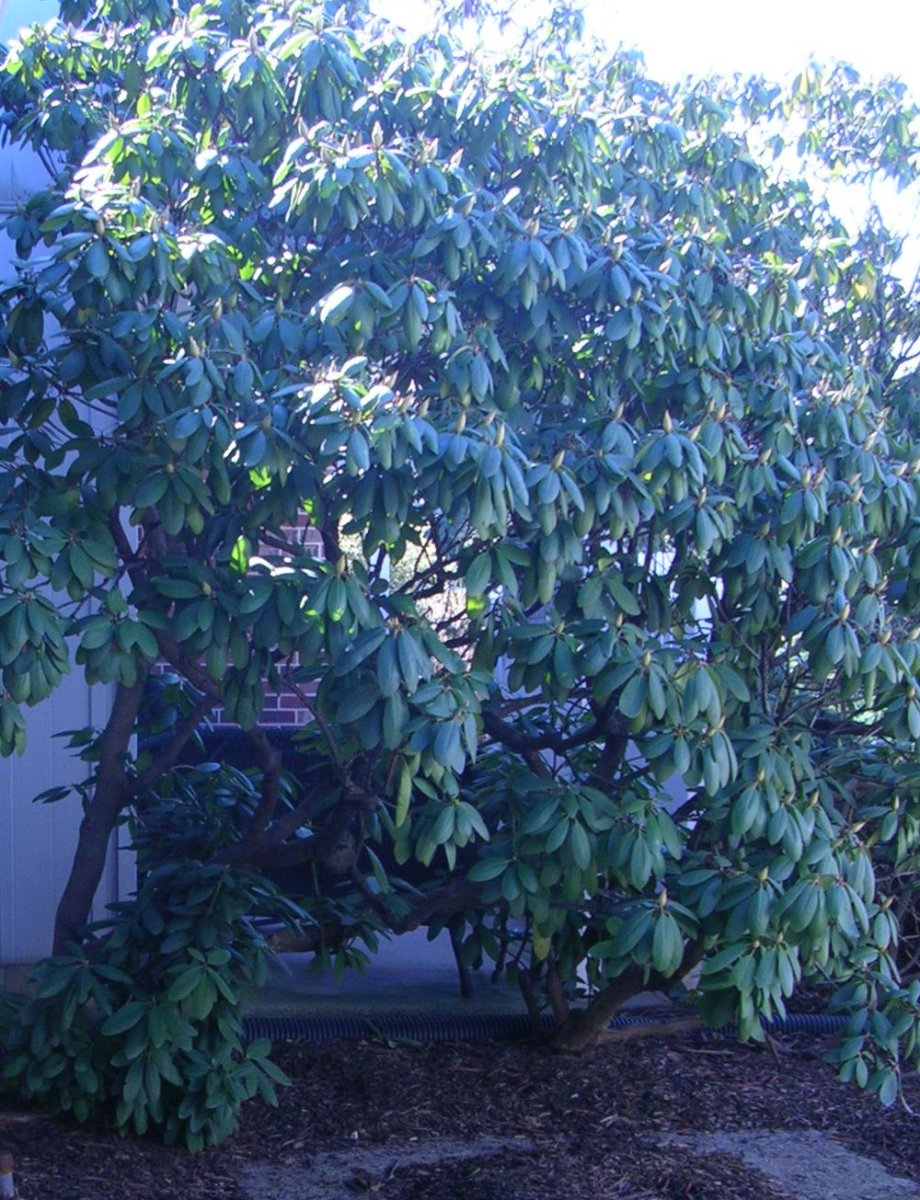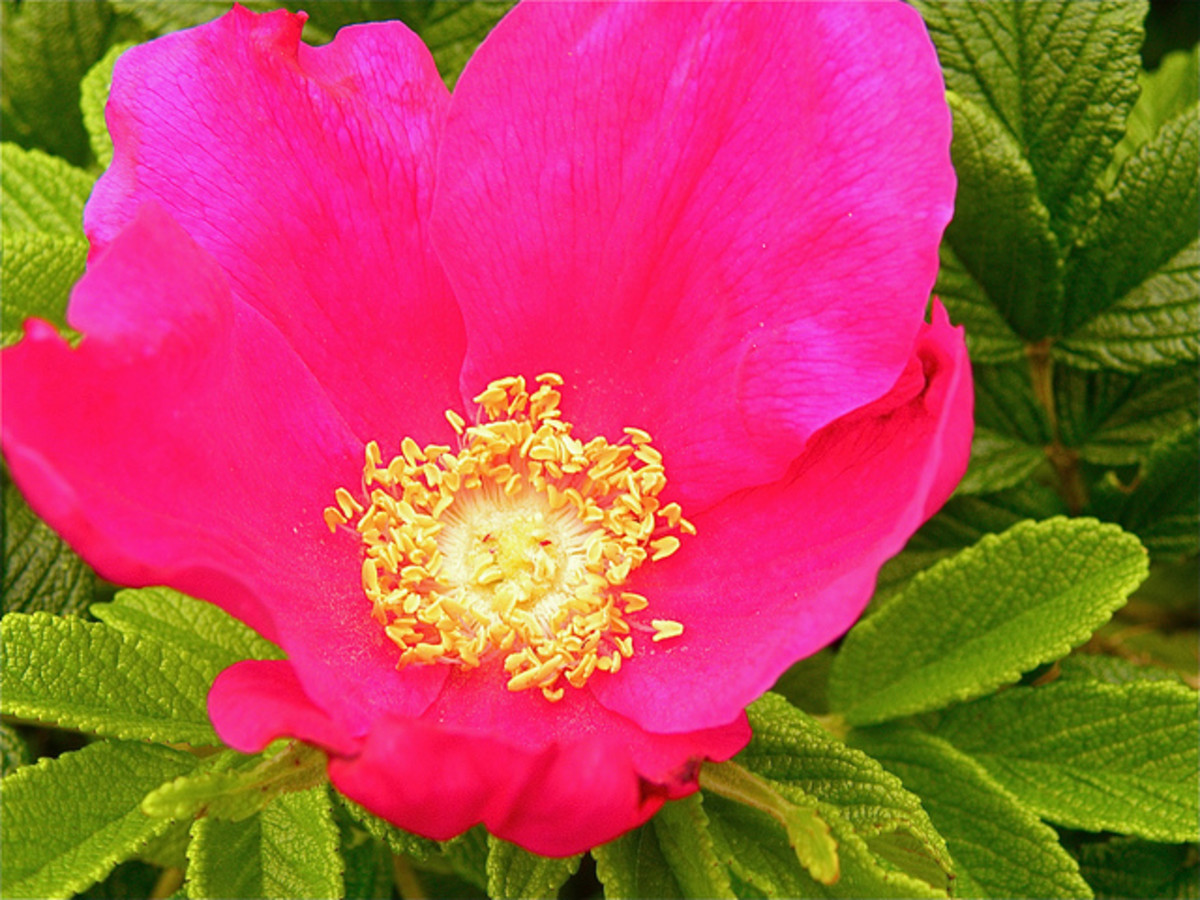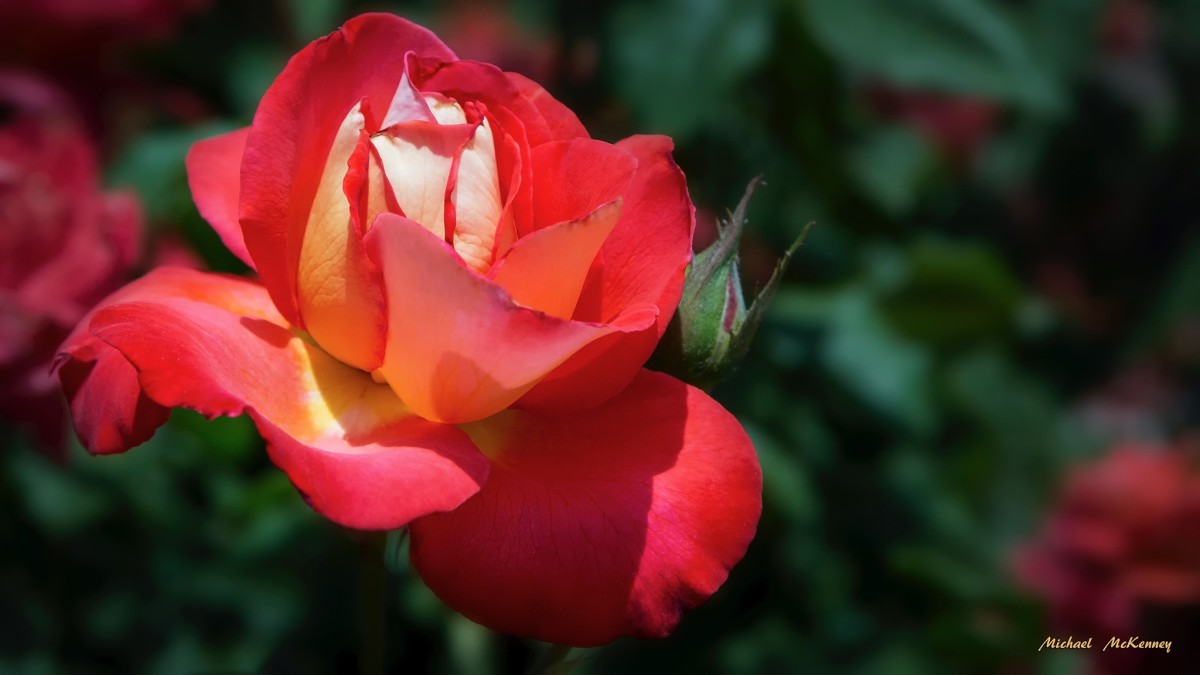The Best Hydrangeas for Gulf Coast Gardens
Hydrangeas are one of those plants that everyone seems to recognize. The large mophead type is the most recognizable of all. They are the doorstep variety that historically lined the porches of homesteads in the Deep South, and are still a favorite in the area today. Climbing hydrangeas are another favorite of southern gardeners. Oakleaf types are often chosen for their ability to thrive in poor growing conditions.
Growing hydrangeas is easy enough for the novice gardener while offering enough diversity in growth habits, bloom shape, size and color and landscape placement choices to please the experienced gardener. In general, providing moderate to heavy shade along with well-drained organic soil and plentiful moisture is sufficient.
Climbing Hydrangea (Hydrangea anomala subsp. petiolaris)
Climbing hydrangea offers the gardener with less space an opportunity to enjoy this southern standard by planting it on an arbor or trellis. Blooms are white lacecap type sprays on far-reaching vines. Allowed to grow unchecked, climbing hydrangea climbs up to 80 feet. Cascades of blooms appear to fall from vines beginning in early summer and lasting throughout the summer. When grown in USDA zone 8, give climbing hydrangea a full to mostly shaded spot in the yard. The plant will need some sun for best show of blooms however, too much harsh southern exposure and the vine is likely not to survive. Plant in rich garden soil, mulch well and keep moist without allowing water to stand around roots.
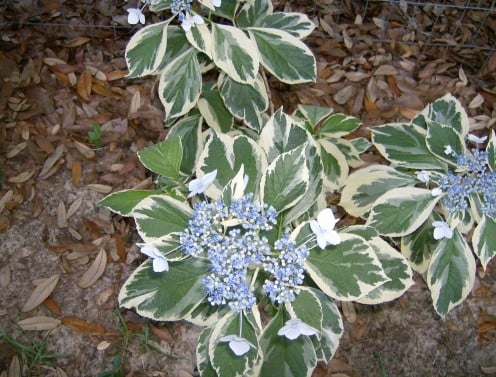
Lacecap Hydrangea (Hydrangea macrophylla normalis)
Lacecap hydrangea blooms are more open with a lace-like appearance. Given their name, this is not a surprising. Lacecap blooms are two-toned in varying shades of white, blue and pink. They appear more delicate than they actually are, as they are known to thrive in the sand hills of northwest Florida, especially if grown in the dappled shade of one of the many live oak trees in the area. Lacecaps like a good helping of organic mulch around their roots and soil that receives regular moisture.
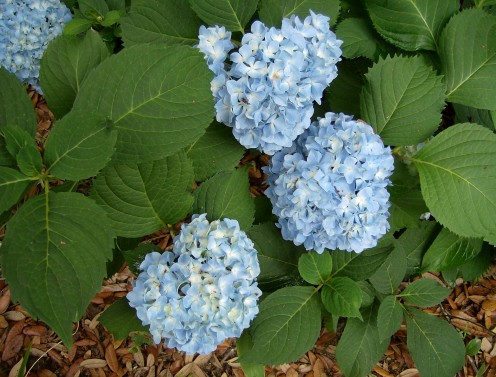
Mophead Hydrangea (Hydrangea macrophylla)
Mophead hydrangeas stand out in the landscape with their huge mophead-like blooms in pink, blue and white. Depending on the makeup of the soil, the blue flowers and pink blooms of mophead hydrangeas change colors. The pH level should be between 6.0 and 6.2 for pink blooms.[1] The pink blooms will turn blue when shrub is grown in acidic soil with a pH between 5.2 and 5.5. Changing the growing medium will not affect the color of white blooming hydrangeas. Whether you choose to have blue, pink or white blooming mopheads, mulch them well and water them regularly for the best and longest lasting show of color.
Mountain Hydrangea (Hydrangea macrophylla subsp. serrata)
Mountain hydrangea is a subspecies of the big leaf or H. macrophylla variety. Depending on the cultivar, blooms of mountain hydrangea can be mophead or lacecap type. Leaves on this bush are deep green and smaller than those of the H. macrophylla. Long lasting light blue flowers open from June to August. Mountain hydrangea grows as far north as USDA zone 6 however, it does quite well in zone 8 when situated in a shady area of the landscape. Apply plenty of organic material around the base of mountain hydrangeas. Water regularly.
Oakleaf Hydrangea (Hydrangea quercifolia)
Oakleaf hydrangea is a native of the United States. This hydrangea has panicles rather than mophead-like flowers. This tough hydrangea will thrive where others struggle to survive. The sandy, nutrient poor soils of the gulf coast are no match to the hardiness of the oakleaf hydrangea. It will thrive under these conditions reaching 6 - 8 feet tall at maturity; some may even grow larger than 8 feet. Flowers are creamy-white when they open in early summer turning various shades of pink as they age. The foliage of oakleaf hydrangea changes colors in the fall from medium green to shades of orange, red and purple. Oakleaf hydrangea is an exceptional choice for gardeners with large spaces and woodland areas to fill. Although the oakleaf will survive and even thrive under the poorest of conditions, it will not hurt to give it some extra attention while it becomes established. Cover root area with plenty of organic mulch and water deeply once or twice per week. Once established, the oakleaf can survive on far less attention, much of the time, drawing from what nature provides, alone.
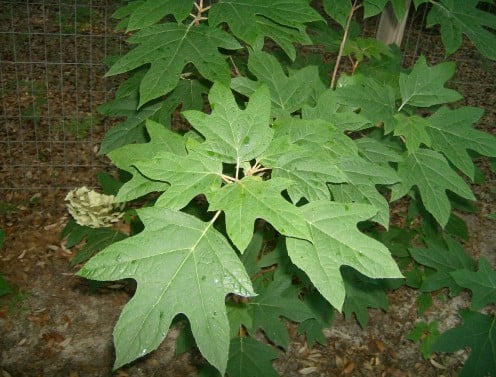
Reference(s)
- [1] Changing the Color of Hydrangeas
How to change the color of a hydrangea
